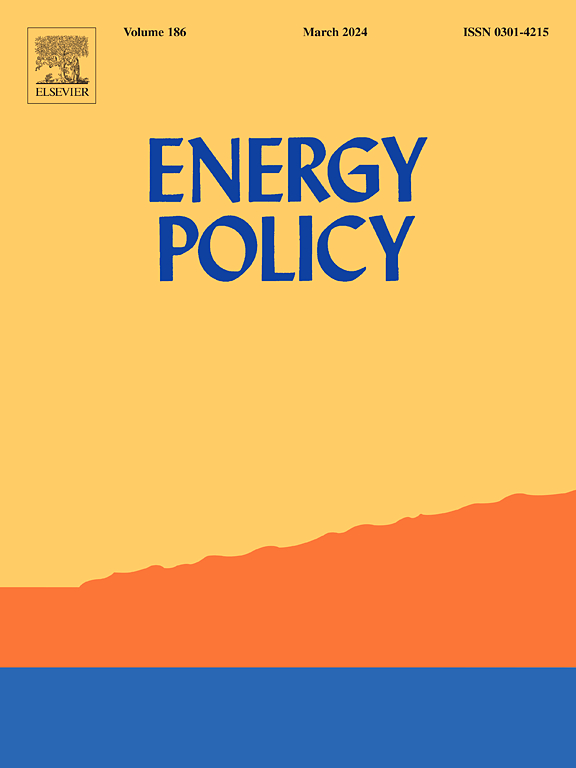Welfare redistribution through flexibility – Who pays?
IF 9.2
2区 经济学
Q1 ECONOMICS
引用次数: 0
Abstract
The increasing adoption of electricity-driven technologies, such as electric vehicles and heat pumps, is a key driver of the energy transition. If operated flexibly, these assets can influence electricity price formation and trigger a redistribution of welfare from producers to consumers. The magnitude and direction of this redistribution are likely to vary across technologies and end-user groups, depending on their flexibility potential and usage behavior. To explore these dynamics, this study quantifies redistributional effects by integrating diverse flexibility options and user groups into a high-resolution European dispatch model, simulating multiple flexibility use cases across the transport and heating sectors in Germany. Our findings show that while total system welfare increases slightly, greater flexibility leads to a significant redistribution of welfare from producers to consumers. Notably, consumers benefit as an aggregated group, regardless of whether they provide flexibility. Among the assessed flexibility options, electric vehicles – particularly through bidirectional charging – offer greater welfare gains compared to heat pumps, while also intensifying competition with utility-scale batteries. In the transport sector, flexibility leads to notable variations in electricity costs depending on charging behaviors, whereas in the heating sector, increased flexibility promotes cost convergence.
通过灵活性进行福利再分配——谁买单?
越来越多地采用电力驱动的技术,如电动汽车和热泵,是能源转型的关键驱动因素。如果操作灵活,这些资产可以影响电价的形成,并引发从生产者到消费者的福利再分配。这种重新分配的幅度和方向可能因技术和最终用户群体而异,这取决于它们的灵活性潜力和使用行为。为了探索这些动态,本研究通过将不同的灵活性选择和用户群体整合到一个高分辨率的欧洲调度模型中,量化了再分配效应,模拟了德国运输和供暖部门的多个灵活性使用案例。我们的研究结果表明,虽然总系统福利略有增加,但更大的灵活性导致福利从生产者到消费者的显著再分配。值得注意的是,无论消费者是否提供灵活性,他们都会作为一个整体受益。在评估的灵活性选项中,与热泵相比,电动汽车——尤其是通过双向充电的电动汽车——提供了更大的福利收益,同时也加剧了与公用事业规模的电池的竞争。在运输部门,灵活性导致电力成本的显著变化,这取决于充电行为,而在供暖部门,灵活性的增加促进了成本的收敛。
本文章由计算机程序翻译,如有差异,请以英文原文为准。
求助全文
约1分钟内获得全文
求助全文
来源期刊

Energy Policy
管理科学-环境科学
CiteScore
17.30
自引率
5.60%
发文量
540
审稿时长
7.9 months
期刊介绍:
Energy policy is the manner in which a given entity (often governmental) has decided to address issues of energy development including energy conversion, distribution and use as well as reduction of greenhouse gas emissions in order to contribute to climate change mitigation. The attributes of energy policy may include legislation, international treaties, incentives to investment, guidelines for energy conservation, taxation and other public policy techniques.
Energy policy is closely related to climate change policy because totalled worldwide the energy sector emits more greenhouse gas than other sectors.
 求助内容:
求助内容: 应助结果提醒方式:
应助结果提醒方式:


